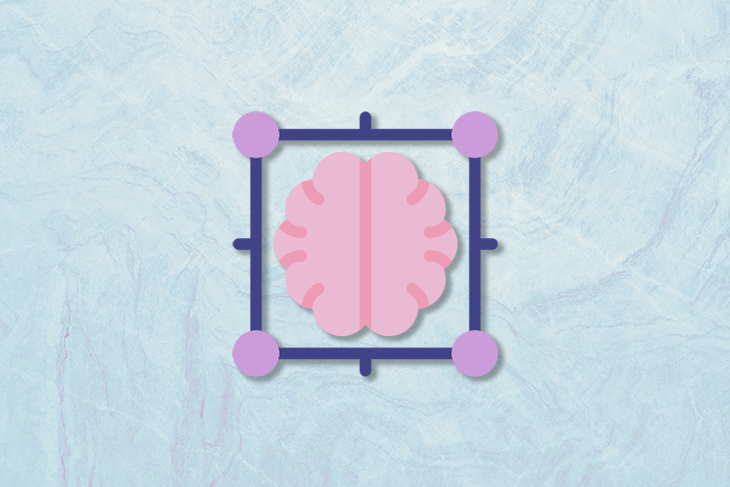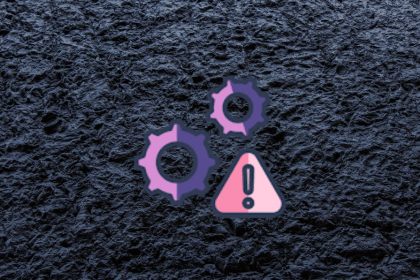Creating a product that stands out from its competitors is one of the more challenging aspects of product management. Product managers must continuously gather and evaluate data to ensure their products meet consumer needs, a task that becomes particularly difficult in rapidly changing industries.

The OODA loop strategy, originally a military concept, is a widely used framework to help businesses make informed decisions efficiently and gain an edge over their competitors. In this guide, we’ll explain the meaning of OODA loops, walk through the process for making quick decisions under this model, and explore some real-world examples of businesses using the OODA loop technique in practice.
The OODA loop strategy is a decision-making process designed to facilitate quick and efficient problem-solving before your competitors can. The acronym OODA represents the four stages of this process:
The OODA loop was developed by United States Air Force Colonel John Boyd for situations requiring swift decisions based on limited information. The primary goal was to act faster than the opposition, thereby gaining strategic advantages.
While initially used for military strategy, the OODA loop has valuable implications for product management. By enabling quick decision-making in fluctuating circumstances, it allows business leaders and product managers to disrupt their competitors and emerge victorious. The OODA loop can thus aid in creating products that solve customer problems more effectively than those of competitors.

The first stage, observe, is all about data collection. A variety of metrics can be gathered, including but not limited to product tracking, session replay, or error tracking, during this stage. These metrics can help you pinpoint critical issues as you progress through the OODA loop.
Timeliness plays a crucial role in the observe stage. You want to base your decision-making on the most current information. Otherwise, you risk making suboptimal decisions based on outdated data, giving your competitors an edge if they’re working with fresher data.
Speed is essential for the success of the OODA loop. Sometimes, you have only minimal data available to make critical and timely decisions. However, don’t rush through an OODA loop unnecessarily; gathering accurate information will aid in making the best decisions.
Once you’ve collected data, it’s time to analyze it and brainstorm solutions for any identified problems. Data analysis can be challenging because it requires precise information and robust tools to extract meaningful and actionable insights. This stage is critical because errors here can have a cascading effect on subsequent steps.
For instance, suppose your data shows that users aren’t using a particular feature as intended. In that case, a tool like session replay can show you exactly what actions users are taking and help uncover why it’s not working as expected.
Another key aspect of the orient stage is eliminating biases from your decision-making process. For example, you might be inclined to cling to old methods even when recent data suggests they’re no longer effective. In such a scenario, you needs to adapt and evolve with changing data trends.
In summary, the orient stage can make or break your product’s competitive edge. Your data needs to be more accurate than your competitors’, and you need a team and tools capable of extracting actionable insights from it.
After completing your data analysis and identifying potential solutions, it’s time to decide which solution is optimal. When you make a decision, you must communicate it effectively with other relevant stakeholders.
Stakeholder communication skills are put to the test at this stage. However, if you’re prepared to back up your decisions with solid data evidence, you may find it easier to get everyone on board with the new plan.
The act stage involves implementing the chosen solution once approved by necessary stakeholders. This process may include creating project schedules, setting goals, and selecting metrics for measuring success. You should remain flexible during this stage and test the solution thoroughly to ensure it addresses the problem identified in the orient stage.
Some people might focus too much on the act stage while neglecting or minimizing other stages of the OODA loop. However, once an action has been taken, it’s important to restart the loop (hence its name) to ensure that decision-making remains informed and relevant.
The OODA loop strategy offers several advantages for businesses and product teams:
Despite these benefits, there are some limitations to consider when using the OODA loop:
The OODA loop has various applications in product management. It can be used to determine product features, negotiate with stakeholders, or manage projects.
Here are a couple of real-world examples of businesses successfully employing the OODA loop model to decision-making processes:
In the early 2000s, both Blockbuster and Netflix were renting DVDs to consumers. However, their responses to changing consumer behavior were drastically different:
Meanwhile, Blockbuster continued operating under the belief that people would prefer renting videos in-store. Its failure to observe and adapt to changing circumstances led to its downfall while Netflix thrived.
In another example from the early 2000s, Facebook observed user behavior more effectively than Myspace:
Myspace failed to keep pace with new feature development and didn’t meet consumer demands as effectively as Facebook did. As a result, Myspace is now largely forgotten while Facebook remains one of today’s largest social networks.
The OODA loop is an effective tool for staying ahead of competitors and identifying new growth opportunities. It encourages proactive adaptation based on changing consumer demands before competitors catch up — providing a significant advantage when developing products that meet market demand.
Additionally, it can be used for smaller-scale decisions, such as those involving project management or stakeholder communication. Gathering information, analyzing it, then making an informed game plan is a quick way to decide what’s best for your organization and consumers.
Featured image source: IconScout
LogRocket identifies friction points in the user experience so you can make informed decisions about product and design changes that must happen to hit your goals.
With LogRocket, you can understand the scope of the issues affecting your product and prioritize the changes that need to be made. LogRocket simplifies workflows by allowing Engineering, Product, UX, and Design teams to work from the same data as you, eliminating any confusion about what needs to be done.
Get your teams on the same page — try LogRocket today.

Act fast or play it safe? Product managers face this daily. Here’s a smarter way to balance risk, speed, and responsibility.

Emmett Ryan shares how introducing agile processes at C.H. Robinson improved accuracy of project estimations and overall qualitative feedback.

Suvrat Joshi shares the importance of viewing trade-off decisions in product management more like a balance than a compromise.

Great product managers spot change early. Discover how to pivot your product strategy before it’s too late.